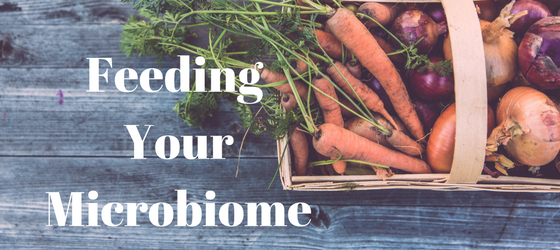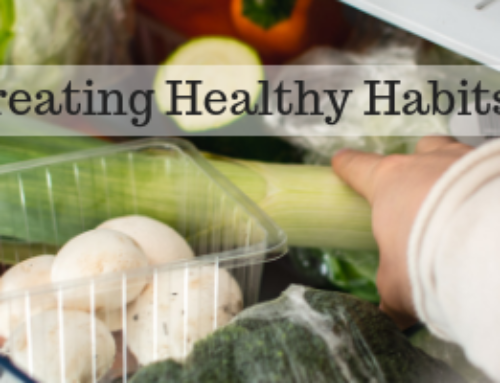If you have been keeping up with the latest health information, then you have probably heard the term “microbiome” a few times. The microbiome is essentially all the bacteria that live in and on your body, and it has a huge impact on overall health, in particular the immune system. In fact, our guts are home to trillions of bacteria. Did you know that there are more bacteria that live in your gut, than there are cells in your body? Pretty amazing. For those practitioners who have a focus on holistic nutrition, we have always understood the importance of a healthy gut and the microbes that live there. But more and more scientific evidence is supporting the role that a healthy gut microbiome has on overall health – everything from our gut health to our waist size to anxiety and depression, the gut microbiome has an impact.
The best way you can support your gut microbiome is to eat a diverse, whole foods diet full of fiber. Fiber is the non-digestible part of plant foods, and the good bacteria love to dine on it. Fiber is technically a carbohydrate. However, our human digestive tracks can’t break fiber down into individual sugars – like it can with complex carbohydrates. Therefore, the fiber passes through the digestive track feeding the gut microbiome while helping to eliminate waste in a timely fashion. Fiber also helps to slow the digestion of complex carbs and sugars in the diet, and therefore is instrumental in helping to balance blood sugar and keep insulin in check.
The average American diet is low in fiber, coming in at a meager 15 grams per day. This falls far short of the 30 – 38 grams recommended by the FDA. This low intake of fiber is a result of eating less and less whole plant foods as our society has industrialized, moved away from the farm, and relied more and more on processed foods – for which the fiber is taken out. With the loss of fiber in the diet, the gut microbiota starves and their composition can change to less desirable bacteria – ones that are less supportive of our immune system and overall health.
One of the most important things you can do to support a healthy gut microbiome is to eat enough fiber. I encourage individuals to reach for 50 grams per day, something that takes a bit of learning and adjustment, but can be done. Remember, bacteria eat fiber for their own food, and release gas as a by-product. So going too fast with fiber foods can result in bloating and excess gas. My advice? Slow down your intake, and gradually work up to 50 grams per day. Your gut and microbiome will adapt, and excess gas will decline.
The best foods for fiber are vegetables, beans or legumes, and berries. Calorie for calorie, you will get the most bang for the buck here. Read this blog post “My Go-To Foods for Fiber” to get even more information on fiber in foods. Adding seeds like flaxseeds and chia seeds are another great way to get fiber plus omega-3 fats – I’m a big fan of both flaxseeds and chia seeds. I also suggest Paleofiber, which is a fiber supplement that tastes great, and provides a mixture of 12 different kinds of fiber, including cranberry seed powder, carrot fiber, inulin, psyllium husk, flax, and even prune fiber. Eating many different kinds of fiber is also important for the diversity and health of the microbiome. You can learn more about Paleofiber with this detailed handout – “Paleofiber and its Health Benefits”.
While eating a high fiber diet is one of the most important things you can do to nurture your gut microbiome, there are other healthy habits that benefit it too including eating fermented foods, eating specific foods that serve as “pre-biotics”, taking a daily “pro-biotic” supplement, and even getting restful and deep sleep. Stay tuned to future blog posts for more information on these and other healthy habits that you can implement to nurture your microbiome.
As always, if you enjoyed this blog post, please share with family or friends.






